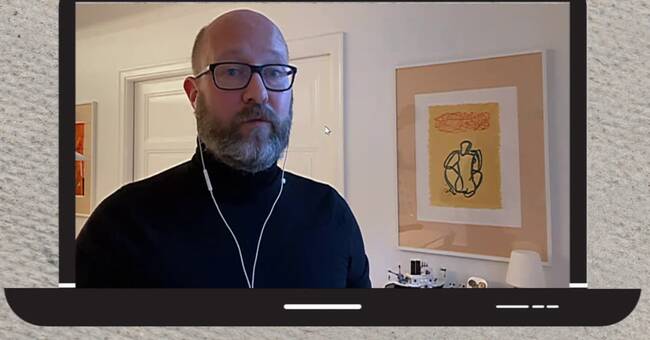The largest increase was in the Sörmland region, which generated 116.9 per cent more infected and hazardous waste than in 2019.
- I have had to invest an extra resource in basically all hospitals to handle this.
It takes a lot to register, says Andreas Wikström, acting unit manager for business services in Region Sörmland.
The Gävleborg region has had the second largest increase.
- We were very early in having proper protective clothing for basically everything in the beginning, I think it can come into play, answers Johan Kaarme, director of health and medical care, Gävleborg region.
Most in the beginning of the pandemic
Waste that is classified as infected, cutting and stinging requires special treatment and must be placed in closed containers with clear markings.
Looking at the whole of Sweden, the increase has been 14.1 percent.
Several regions state that a large part of the increase took place at the beginning of the pandemic when the staff did not know much about the new virus.
At that time, in principle, all waste that arose in connection with the care of covid-19 patients was thrown in the yellow vessels intended for infectious waste.
- Initially, there was uncertainty about what would end up in the yellow vessels and how the vessels themselves would be handled, answers Mikael Larzon, property manager, Region Västmanland.
Becomes combustible waste
Several regions also state that it was a problem to get in the vessels at the beginning of the pandemic.
But it has corrected itself over time.
Today, many of the regions have also changed their routines, and many of the protective clothing used in the care of covid patients can be thrown in bags that are sealed directly in the care room and then handled as combustible waste.
Canceled operations
Six regions, Blekinge, Dalarna, Gotland, Kronoberg, Värmland and Västernorrland, that waste has instead decreased.
- The reduction could be due to the fact that certain operations were canceled during the pandemic, answers Sofia Mackin, sustainability coordinator in the Västernorrland region, which is the region that has reduced its waste the most in percentage.

